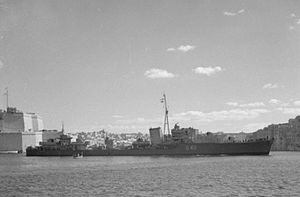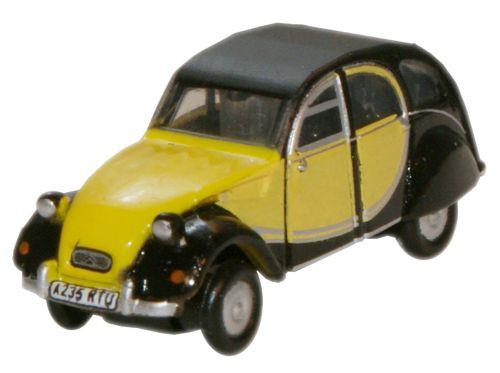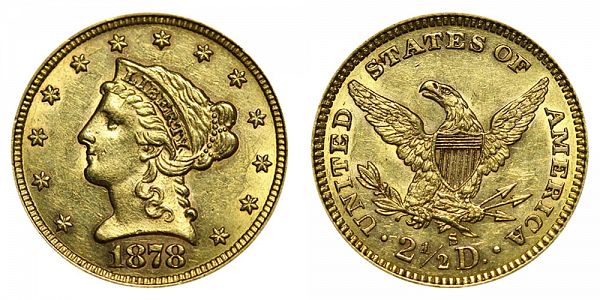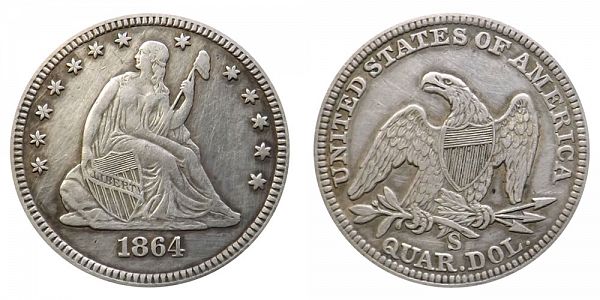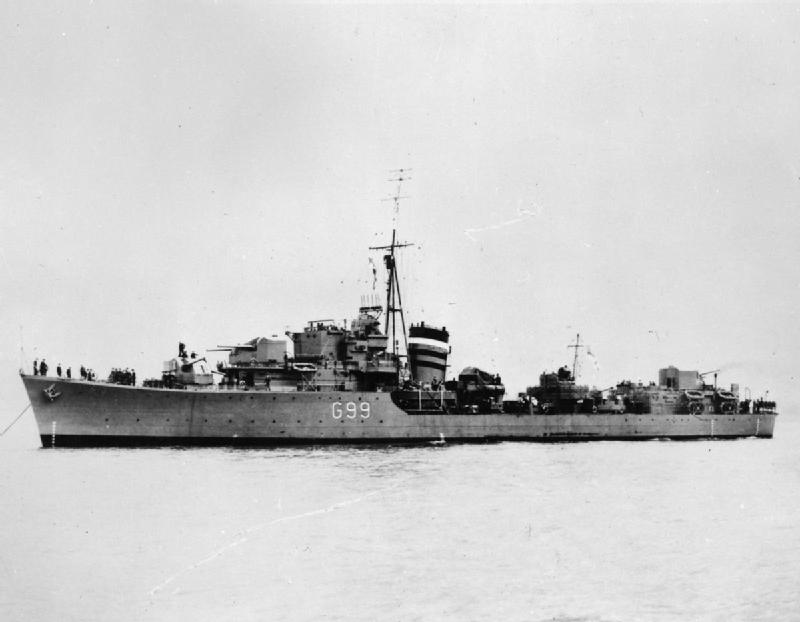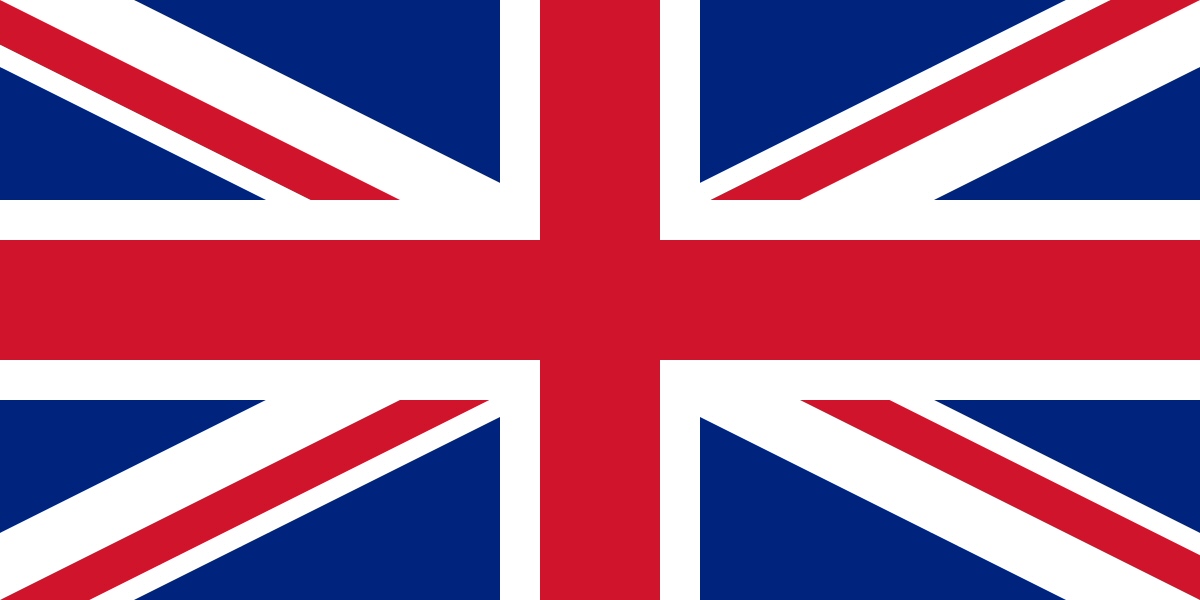HMS Lively
| Name | HMS Lively |
| Nationality | United Kingdom (Details) |
| Pennant/Designation | G40 |
| Period | World War II |
| Type | Destroyer |
| Warship Class | L and M Class (Details) |
| Year Launched | 1941 |
| Year Commisioned | 1941 |
| Last Year Active | 1942 |
| Status | Sunk |
| Source of Text | Wikipedia |
| Credit Link | Link |
History:
HMS Lively was an L-class destroyer of the Royal Navy. She served during the Second World War, and was sunk in the Mediterranean in an air attack on 11 May 1942.
Commissioned in 1941, she was briefly active in home waters, sailing in the North Sea, but was soon reassigned to the Mediterranean, where she was active as part of the Mediterranean Fleet, and Force K, based at Malta. Lively took part in escorting several convoys to and from the island, as well as intercepting enemy supply convoys to North Africa. She took part in the First and Second Battles of Sirte, and was damaged on a number of occasions in air and surface attacks. She was eventually sunk off Tobruk in May 1942 while trying to intercept an enemy convoy.
Commissioned in 1941, she was briefly active in home waters, sailing in the North Sea, but was soon reassigned to the Mediterranean, where she was active as part of the Mediterranean Fleet, and Force K, based at Malta. Lively took part in escorting several convoys to and from the island, as well as intercepting enemy supply convoys to North Africa. She took part in the First and Second Battles of Sirte, and was damaged on a number of occasions in air and surface attacks. She was eventually sunk off Tobruk in May 1942 while trying to intercept an enemy convoy.
Class:
The L and M class was a class of sixteen destroyers which served in the British Royal Navy during World War II. The ships of the class were launched between 1939 and 1942.
The armament of the class was subject of considerable debate, as the proponents of heavier anti-aircraft armaments for such vessels were at last beginning to be listened to by the Admiralty. This came mainly as a result of the lessons learned during the Spanish Civil War - i.e., military aircraft were now sufficiently advanced to pose a major threat to land and sea targets.
The ships of the L and M class had single funnels, like the previous J class, a tripod foremast and a short mainmast just aft of amidships. One feature of note was the bridge design. From the I class to the Weapon class, all Royal Navy destroyers shared a distinctive wedge-shaped face to the bridge, incorporating a bulletproof wheelhouse, raised in order that the helmsman could see over the guns. The increased height of the new gunhouses of the L class meant that the wheelhouse was raised further, and the sloped roof of the wheelhouse (to direct the airflow over the compass platform) was almost flat. This feature was unique to the L and M's.
As ordered, the class comprised a leader and 7 destroyers. Each ship was to mount six 4.7-inch (120 mm) guns and 8 torpedo tubes. Close range armament had still to be decided, with the expected time of delivery being a crucial factor.
They were the first British destroyers to have their guns in fully enclosed mountings. They also continued the practice (first introduced in the Js) of making the leader Laforey almost indistinguishable from the rest of the class, having only more extensive cabin accommodation and better radio (W/T - "wireless telegraph") equipment.
The armament of the class was subject of considerable debate, as the proponents of heavier anti-aircraft armaments for such vessels were at last beginning to be listened to by the Admiralty. This came mainly as a result of the lessons learned during the Spanish Civil War - i.e., military aircraft were now sufficiently advanced to pose a major threat to land and sea targets.
The ships of the L and M class had single funnels, like the previous J class, a tripod foremast and a short mainmast just aft of amidships. One feature of note was the bridge design. From the I class to the Weapon class, all Royal Navy destroyers shared a distinctive wedge-shaped face to the bridge, incorporating a bulletproof wheelhouse, raised in order that the helmsman could see over the guns. The increased height of the new gunhouses of the L class meant that the wheelhouse was raised further, and the sloped roof of the wheelhouse (to direct the airflow over the compass platform) was almost flat. This feature was unique to the L and M's.
As ordered, the class comprised a leader and 7 destroyers. Each ship was to mount six 4.7-inch (120 mm) guns and 8 torpedo tubes. Close range armament had still to be decided, with the expected time of delivery being a crucial factor.
They were the first British destroyers to have their guns in fully enclosed mountings. They also continued the practice (first introduced in the Js) of making the leader Laforey almost indistinguishable from the rest of the class, having only more extensive cabin accommodation and better radio (W/T - "wireless telegraph") equipment.
Nationality:
The United Kingdom, made up of England, Scotland, Wales and Northern Ireland, is an island nation in northwestern Europe. England – birthplace of Shakespeare and The Beatles – is home to the capital, London, a globally influential centre of finance and culture. England is also site of Neolithic Stonehenge, Bath’s Roman spa and centuries-old universities at Oxford and Cambridge.
Item Links:
We found: 1 different collections associated with
HMS Lively - Destroyer
- Collection Plastic Model Vehicles: 1 different items
Item created by: gdm
on 2019-08-01 09:44:56
If you see errors or missing data in this entry, please feel free to log in and edit it. Anyone with a Gmail account can log in instantly.
If you see errors or missing data in this entry, please feel free to log in and edit it. Anyone with a Gmail account can log in instantly.


